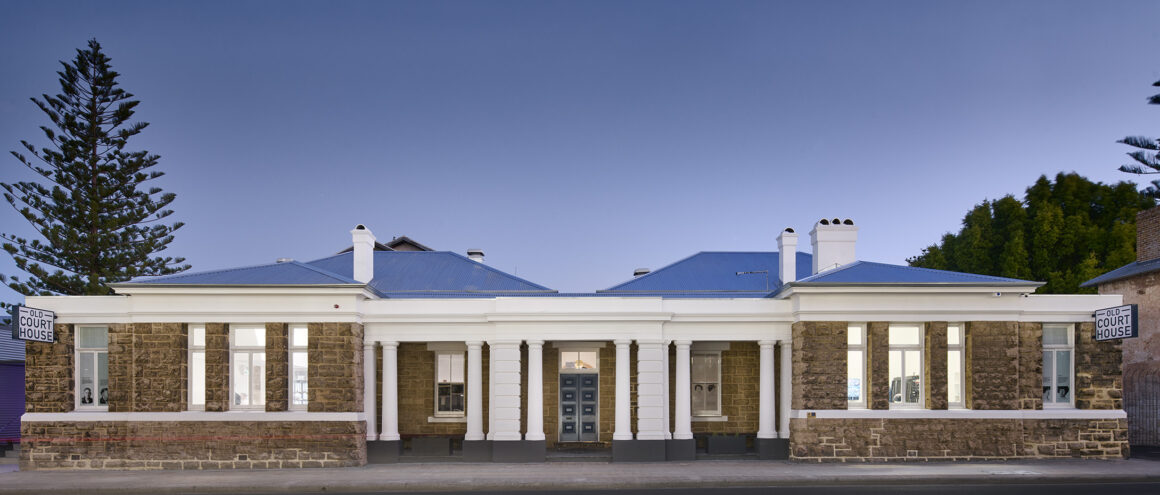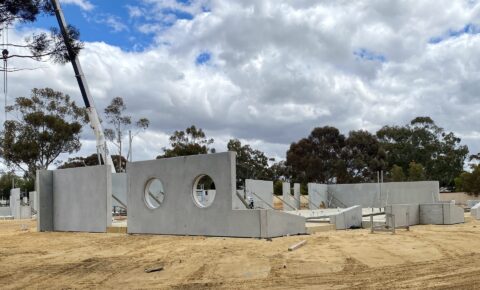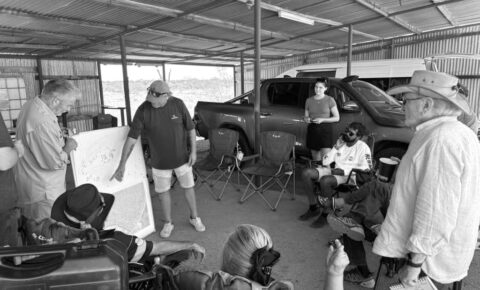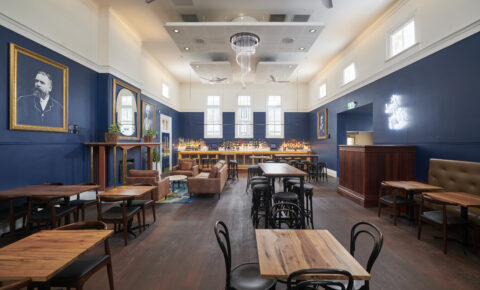Designing for Endurance: A Building That Lasts a Lifetime
Why Longevity Matters
The most sustainable building is one that endures. Every tonne of material, every hour of labour, and every investment of community trust is wasted if a building becomes obsolete before its time. By contrast, a building that continues to serve its purpose for 50 or 100 years more than justifies its initial impact.
At Slavin Architects, we design for a 100-year life. This means thinking carefully about how materials, detailing, maintenance, and cultural connection all contribute to long-term endurance.
Material Durability
Material selection is one of the most decisive factors in whether a building will stand the test of time, or crumble under our climate. At Slavin Architects, we take a deliberate, research-based approach to specifying materials that align with our principles of durability, adaptability, and long-term sustainability. It often means asking:
- Will this material last 50+ years in WA conditions?
- Can it be repaired, not just replaced?
- Does it patina gracefully or deteriorate unsafely?
- How does it interact with surrounding context – visually, structurally, and thermally?
In Western Australia, our buildings contend with salt-laden air, extreme UV exposure, heat fluctuations, and at times, vandalism and neglect. That’s why our material strategies prioritise materials that have both proven resilience and low maintenance needs.
- Pre-finished, robust surfaces – such as concrete and sheet metal, which resist weathering and minimise the need for ongoing coatings.
- Locally appropriate materials – like brick and stone, which support repairability, reduce transport impacts, and connect buildings to place.
- Thermal performance – using materials with inherent mass and insulating properties to reduce reliance on mechanical systems.
These choices are not about aesthetics alone. They are about resilience – ensuring buildings can withstand heat, salt, and time with dignity.
Detailing for Resilience
Even the strongest material will fail if poorly detailed. In WA, resilience is tested by climate and community alike – from water and sun to wind, fire, and the wear from everyday use.
- Water management – design strategies aim to eliminate water ingress by keeping it external and visible: no box gutters, minimal roof penetrations, clear shedding paths, and drainage that makes movement obvious. Water is managed responsibly, not hidden.
- UV resistance and shading – finishes, fixings, and forms are chosen to withstand intense sun, with shading devices protecting both building fabric and occupants.
- Climate resilience – detailing accounts for corrosion resistance in coastal zones, robust wind performance in cyclonic regions, and fire resistance where BAL standards apply.
- Human wear and tear – resilience also means anticipating high use, impact, or even vandalism. Surfaces and details are designed to withstand knocks, scuffs, and heavy traffic, ensuring longevity in public and community settings.
Resilience is about anticipating the slow, relentless effects of climate. By designing for these realities upfront, we prevent small weaknesses from becoming premature failures.
Maintenance Awareness
Endurance is not only about eliminating maintenance but about making it manageable.
- Reduce the need for upkeep – through pre-finished materials that do not require regular painting, sealing, or recoating.
- Make maintenance safe and obvious – ensuring gutters, fixings, and service points are visible, accessible, and practical to reach. Hidden or dangerous maintenance items often become neglected; we remove that risk.
- Support caretakers – by thinking about who will look after the building in 10, 20, or 50 years. Details are designed so that repairs and replacements can be done quickly, safely, and without specialist intervention. This can look like specifying modular or sectional finishes and standardised fixings so that damaged parts can be replaced easily.
- Detail junctions for durability – vinyl-to-tile transitions that resist peeling, continuous skirtings in wet areas, trims at exposed corners, and expressed joints that accommodate movement.
- Design for easy cleaning – avoiding dirt traps, unnecessary ledges, and hard-to-reach corners that complicate upkeep.
The goal is not zero maintenance – that is rarely realistic – but rather designing out unnecessary tasks and ensuring that what remains is achievable for generations of caretakers.
Cultural Endurance
A building’s life is not measured only in years but in relevance. A well-loved, useful building is cared for and protected; a poorly performing one is left to decline.
We believe part of endurance is designing buildings that people want to keep. When a building functions well, is comfortable to use, and sits naturally in its place, it becomes valued by its community. Value leads to care, and care extends life.
This cultural dimension of durability is as critical as the technical. Buildings that are useful, loved, and woven into daily life are the ones that will be protected – not just by design, but by the people who inhabit them.
A Legacy of Endurance
Designing for a lifetime is more than robust materials and smart detailing. It is about:
- choosing materials that last,
- protecting them from WA’s harshest conditions,
- designing maintenance to be minimal and manageable, and
- ensuring buildings remain valued and loved by their communities.
These are the foundations of sustainability in practice: ensuring that every decision contributes to a building’s capacity to serve people long after its completion. When we design with a 100-year design life in mind, durability is no longer an aspiration but an obligation – a way of honouring both the resources we use and the communities who will inherit what we build.
Durable buildings are at the core of sustainable architecture: they reduce impact, invite care, and leave a legacy of resilience that ties directly to our responsibility for future generations.
→ Continue Reading: Designing for Construction



